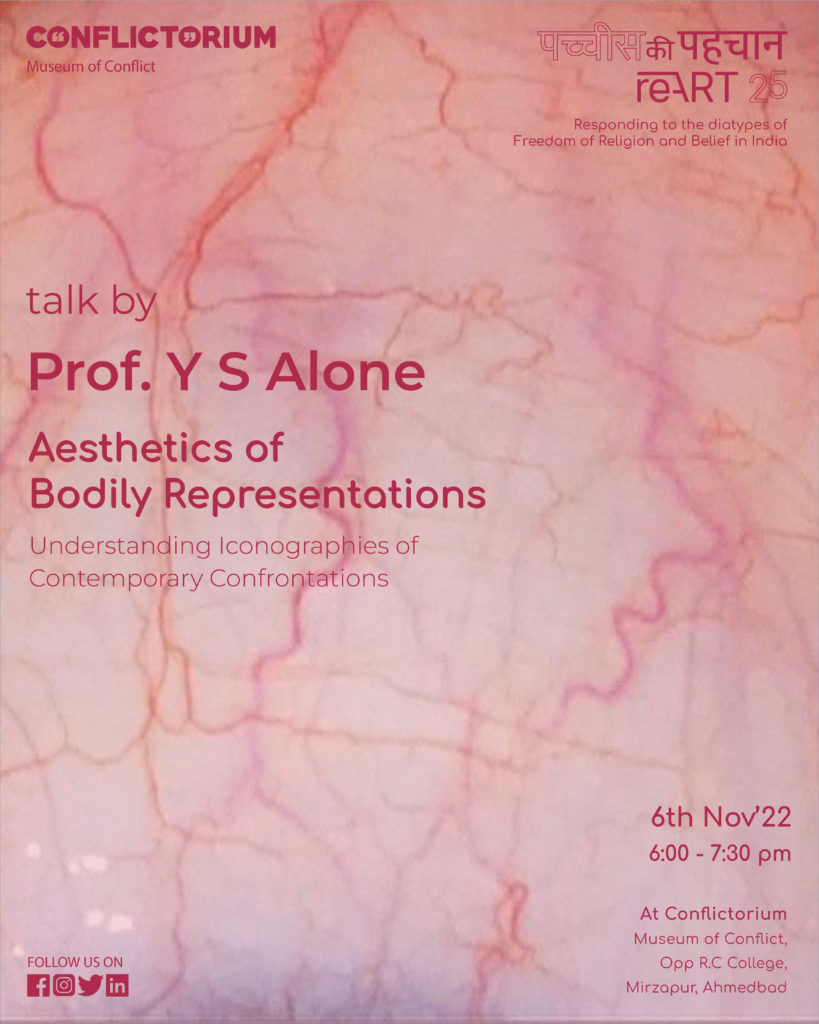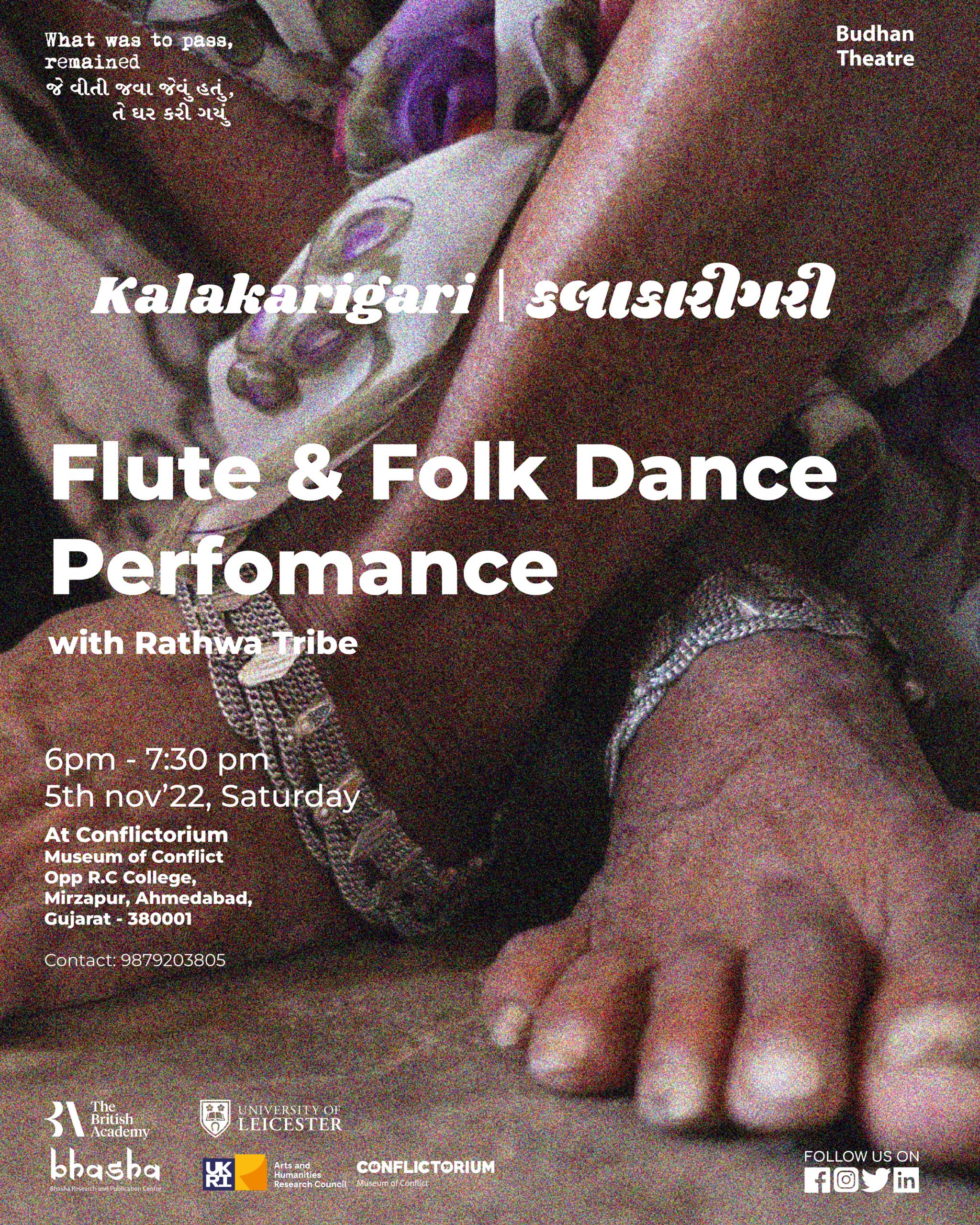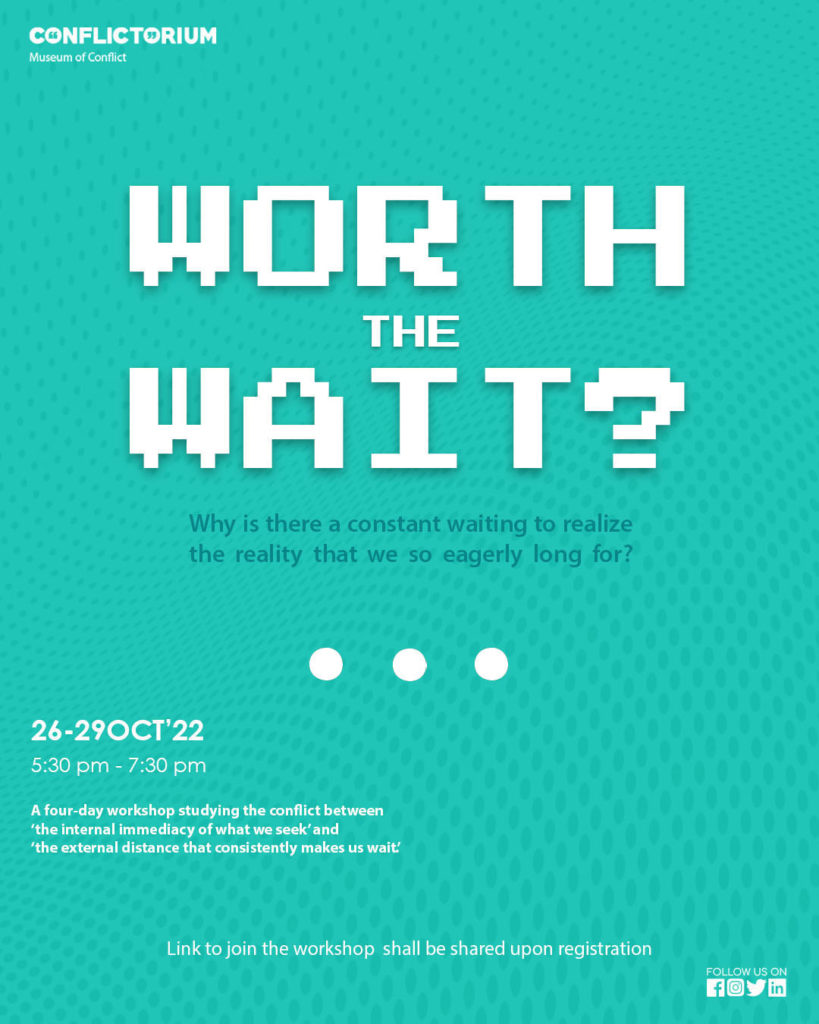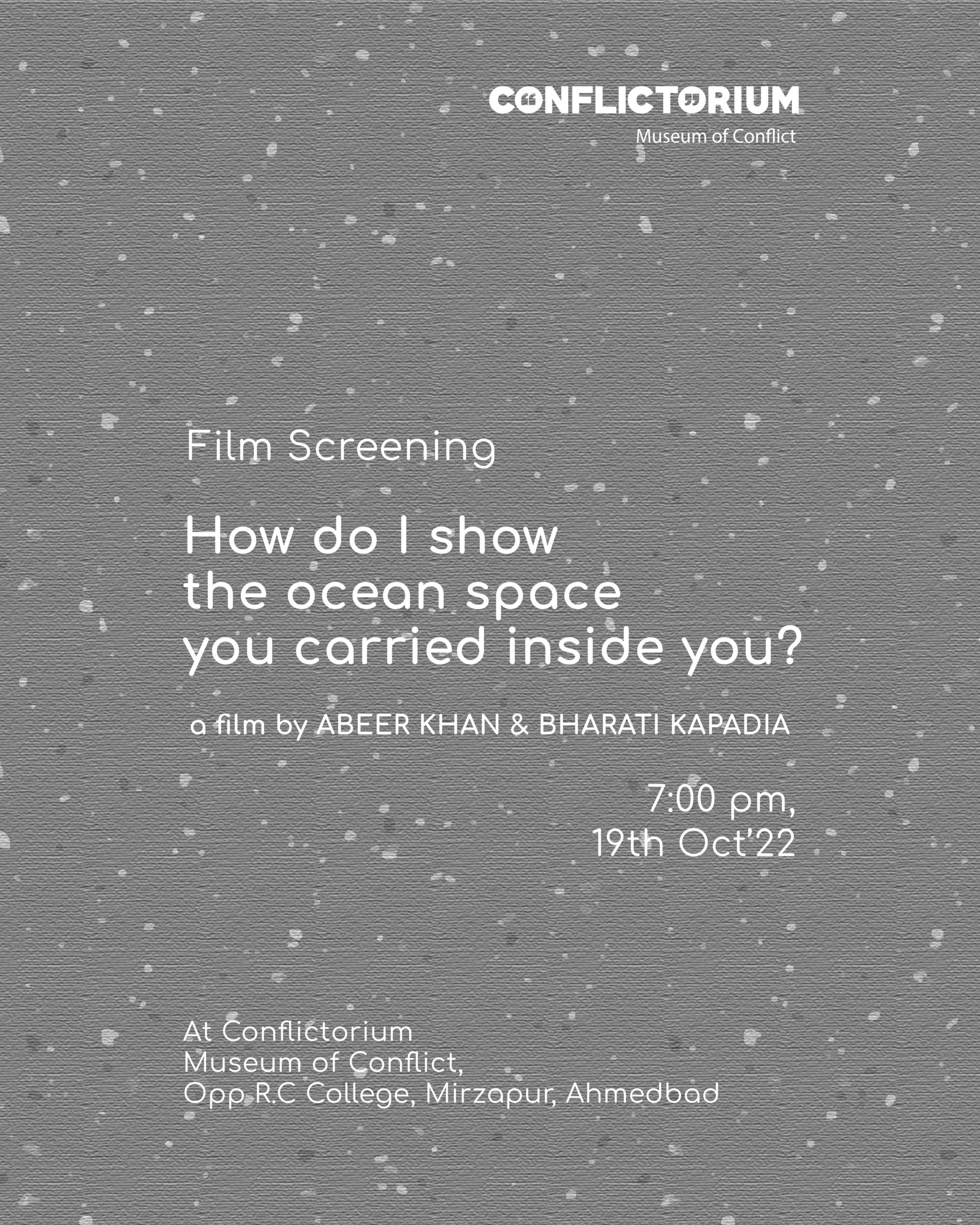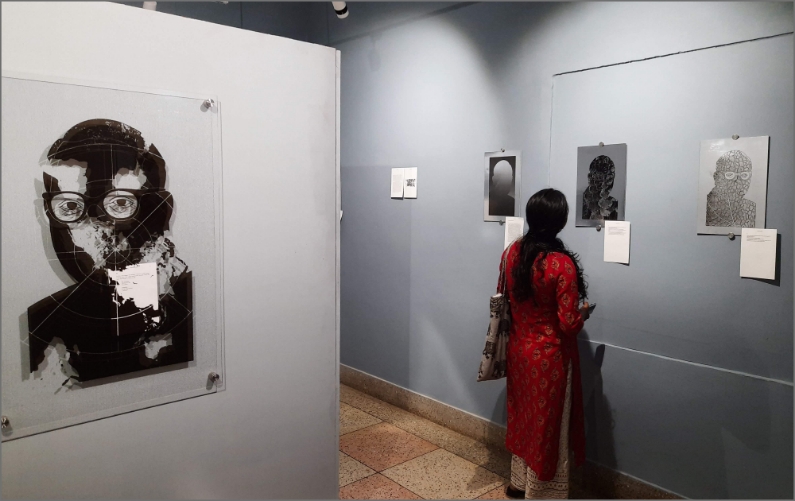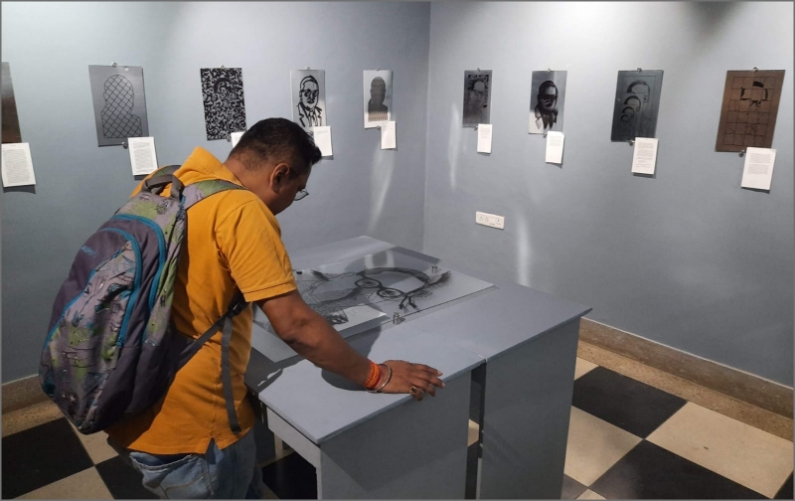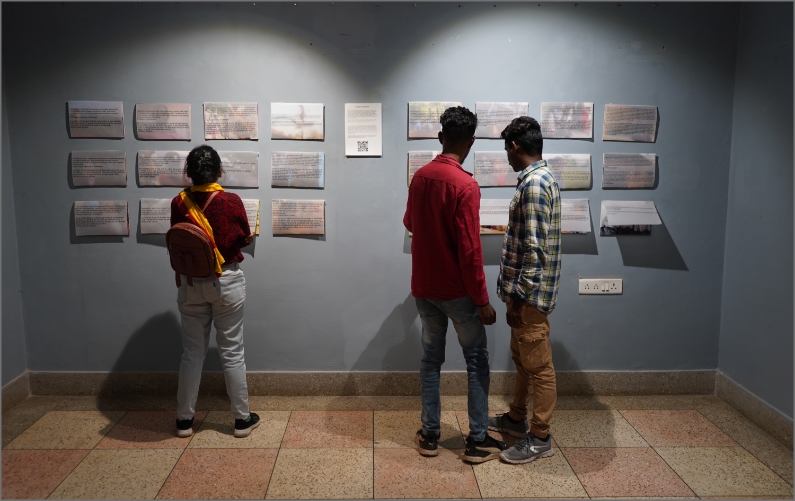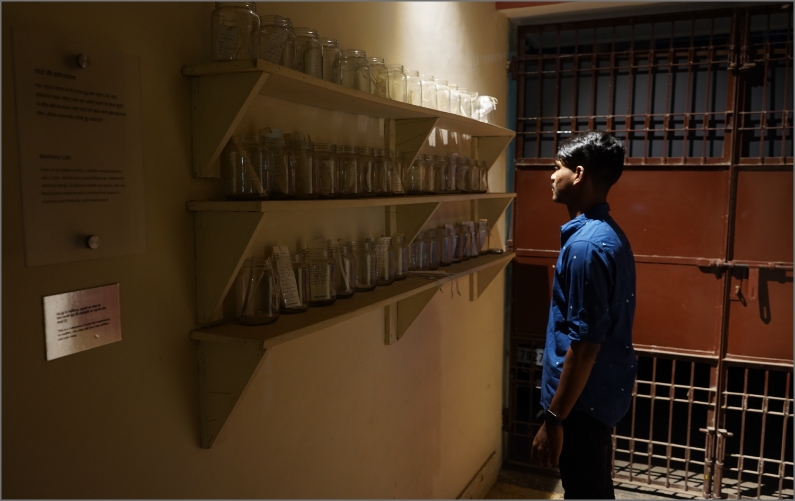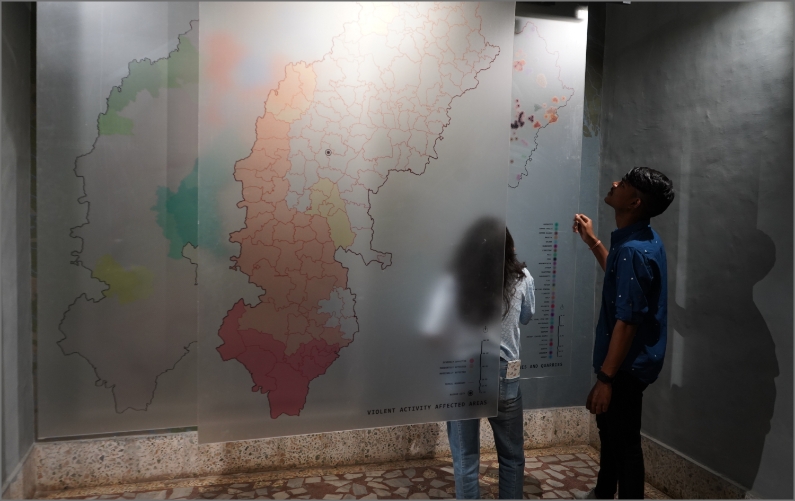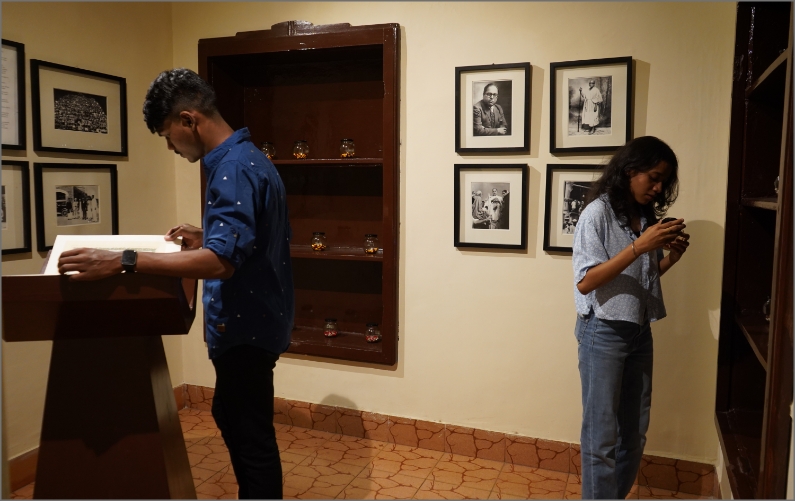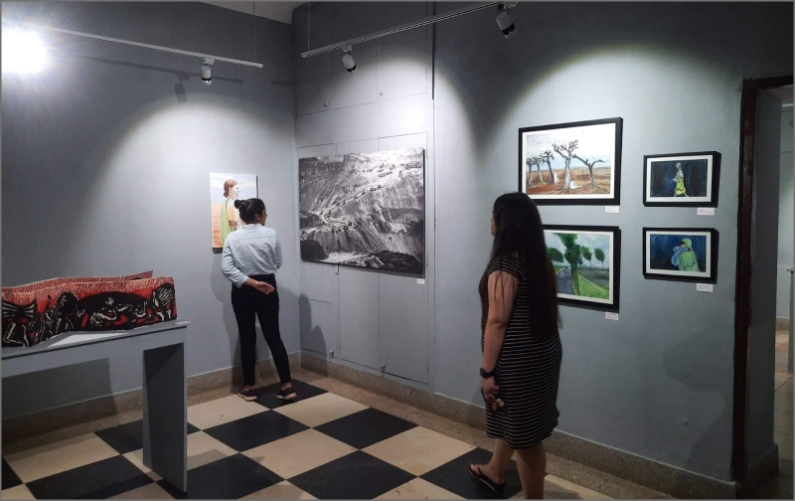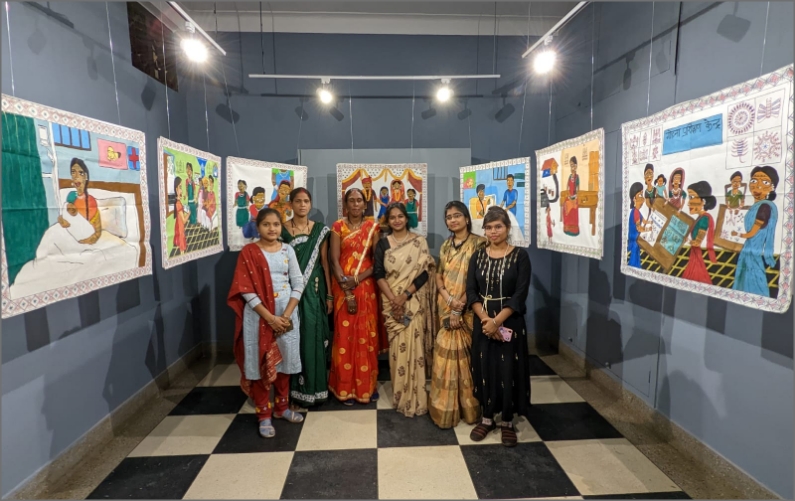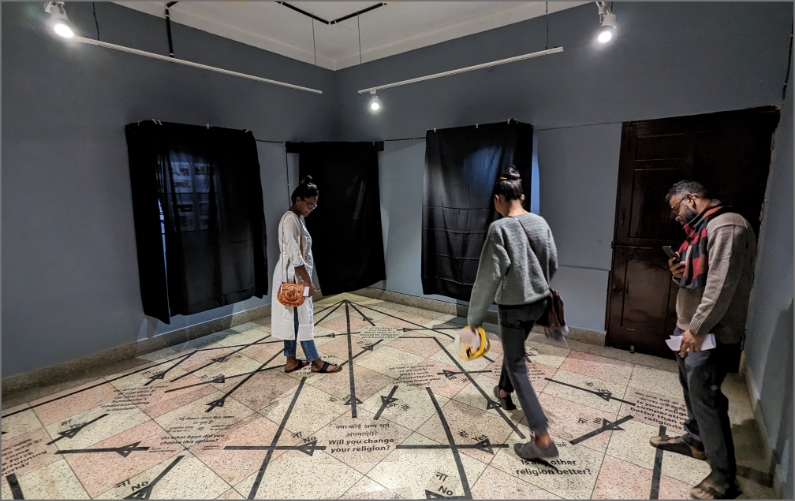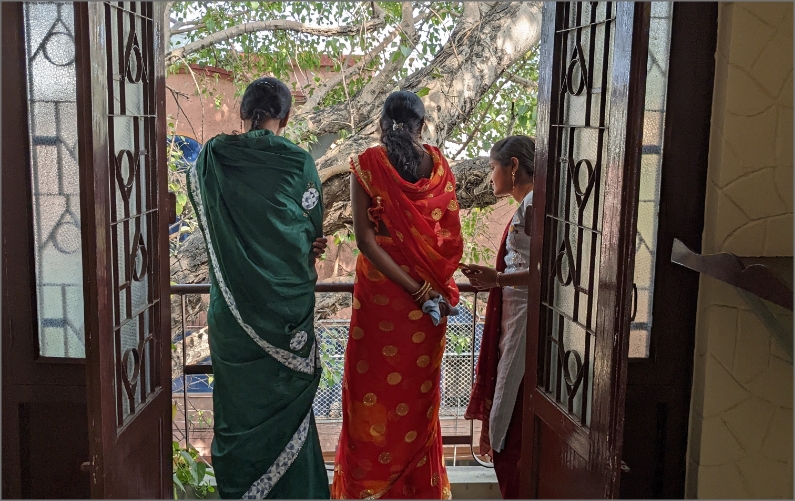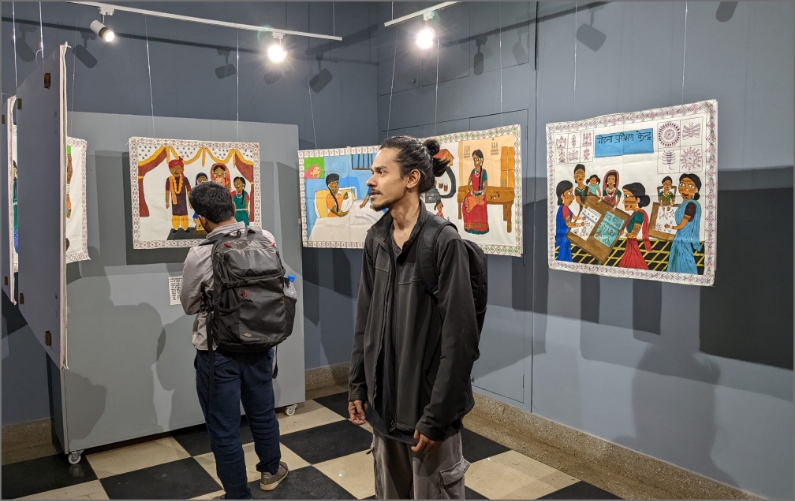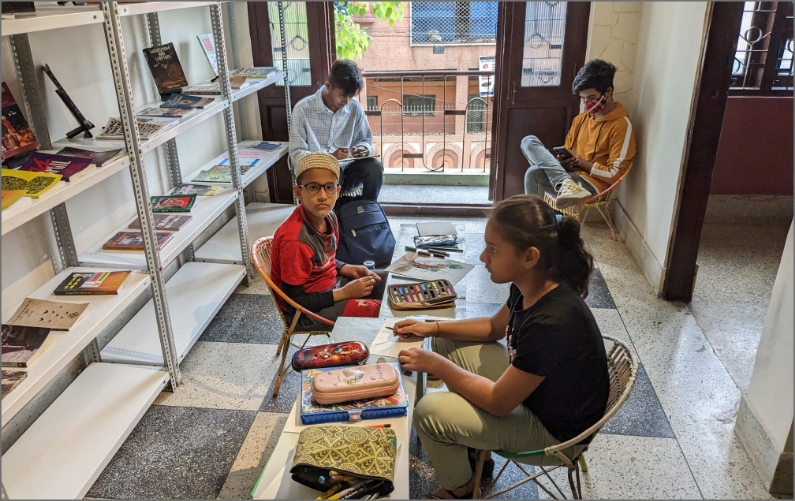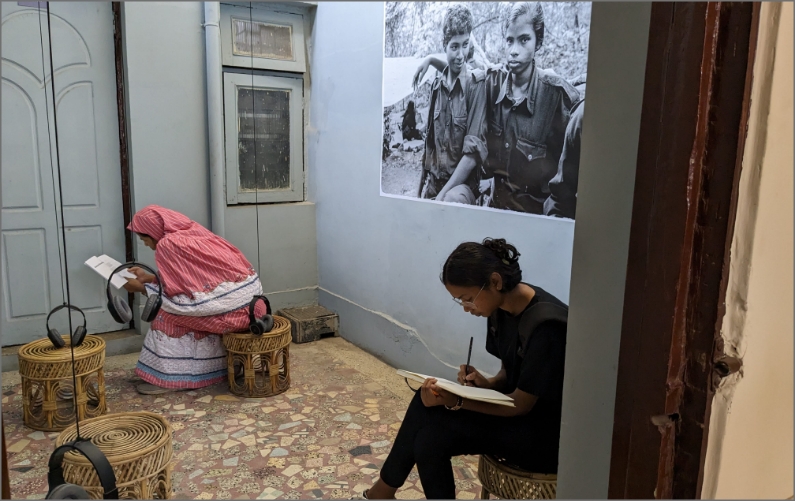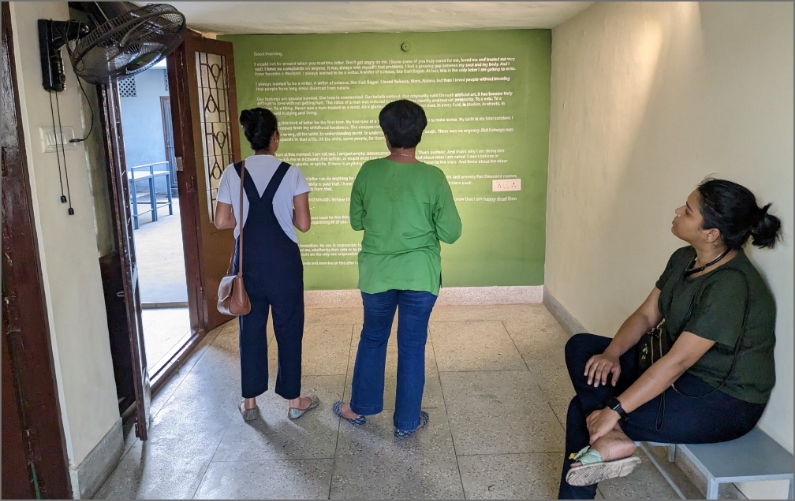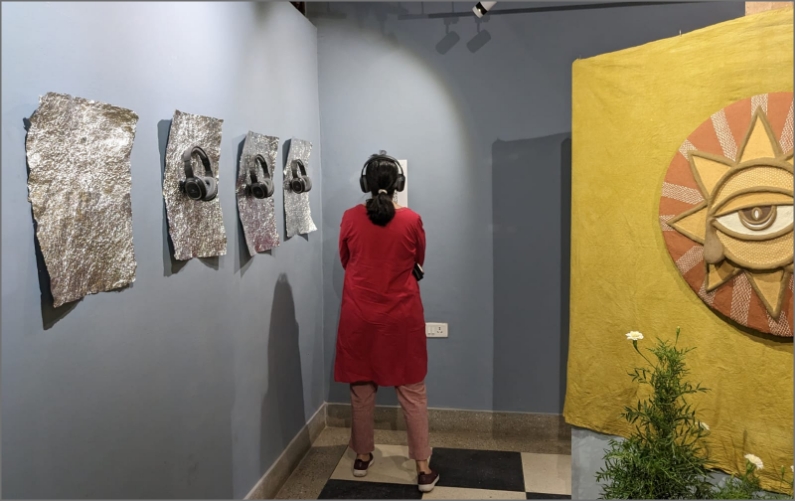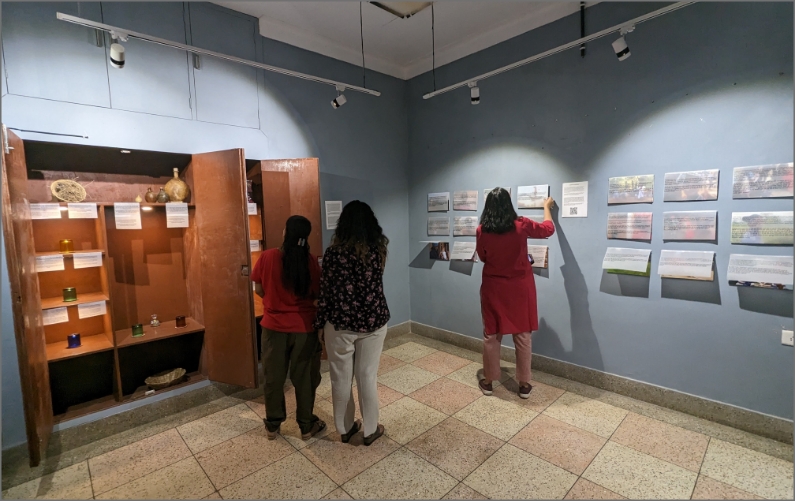CONFLICTORIUM RAIPUR
CONFLICTORIUM RAIPUR
Conflict is a natural part of life, and how a society handles conflicts reflects its maturity. The absence of conflict doesn’t necessarily mean an ideal society. Conflictorium Raipur is a participatory multimedia museum dedicated to conflict. It collaborates with stakeholders to promote informed policies and allows community expression through art and culture.
It aims to provide a public space in Chhattisgarh to reduce violence and tensions during conflicts. In a divided world, the Conflictorium embraces the gray areas, going beyond black and white, and celebrates them for the sake of peace. We see ourselves as a creative bridge-builder, demonstrating how social change can be achieved through innovation.
Inside There, Outside Here
Sensory stimulation facilitates a disconnect from the “outside” to start the journey inside
Boundaries and Borders
This installation maps the history of Chhattisgarh’s creation and provides context to better understand where we are and why
Circus of Violence
This is an exhibit by local artist community Quarter 147, it depicts the multiplicity of identities and the conflict enmeshed in them
Moral compass
In this room we have displayed a copy of the Indian Constitution (a pre-1977 version) and there are no restrictions on visitors as to how they engage with it
Gallery of dispute
In this interactive installation, various viewpoints from within the existing social conflicts are juxtaposed conversationally
Witness Box
In this room, the visitor is transported, aurally, to the ground zero of conflict and exposed to the various real life crisis situations that arise from it
Sorry Tree
The Peepal tree that is the identifier, nourisher and shade giver at the museum also serves as its Sorry Tree, holding space for apologies that were never asked for, expressed or understood
The sign of the truly powerful is humility; arrogance is a sign of cowardice. Apologizing and forgiving are perhaps the most profound of all human behaviors, with the capacity to transform the destinies of future generations.
Feelings Map
The Peepal tree that is the identifier, nourisher and shade giver at the museum also serves as its Sorry Tree, holding space for apologies that were never asked for, expressed or understood
The sign of the truly powerful is humility; arrogance is a sign of cowardice. Apologizing and forgiving are perhaps the most profound of all human behaviors, with the capacity to transform the destinies of future generations.
Memory Lab
“Even in an ideal society, conflict would persist – pain, hurt, retribution would flare up. Instead of sowing seeds of silence inside our souls, can we find more creative and constructive ways to express and channel such memories?”
The “Memory Lab” is a community art installation that provides the visitors an outlet to express their innermost thoughts without any hesitation. The empty jars on the shelves are there to preserve the memories of conflict in the lives of the visitors.
 Studing conflicts between ‘seeking to be logical’ and ‘finding ourselves suffocated with logic’
Studing conflicts between ‘seeking to be logical’ and ‘finding ourselves suffocated with logic’ 
Conflict to Resolution, Life to fulfilment. Peace and love
–TS Singh Deo
Coming here is like having conversation with truth. Enlightening and yet strangely very peaceful. Never knew mirrors came in so many shades of grey – Alisha
Sublime, important and real – Rishabh Mukim
Came to see something new, to understand something new. But I got what I didn’t bargain for; a feeling which I have never felt before. Coming again to feel – Abhishek Sharma
I am so glad Raipur has this place. It brings out so much conflict within you and yet it’s very calming. It feels like a “Consequence” place, where you reflect on what caused what – Neeraja Kudrimoti

